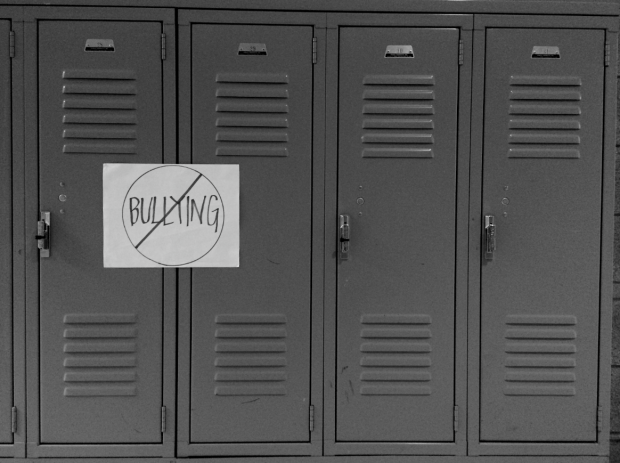
More often than not, people stereotype the shooter or criminal in a school-based attack as “the quiet one” or someone who went unnoticed.
A victim of bullying and considered a loner, student Jeffrey Weise was the shooter in the 2005 Red Lake massacre. Gunman Adam Lanza in the Sandy Hook Elementary School shooting was said to be uncomfortable in social situations. Alex Hribal, the student who stabbed and slashed 21 people at his high school in Pennsylvania, was described as a shy kid who kept to himself.
While it may not be the case with every school attack, there’s a reason this stereotype exists. These attackers are often students who are bullied emotionally or physically by classmates, illustrating a clear link between violence and bullying.
School shootings and attacks tend to stir up controversy over issues such as gun control and violence in the media, but the focus often shifts to the issue of bullying in schools. Preventative methods are so important, and it’s not just up to one group of people to take charge. Students, parents, teachers, school staff, school districts and both state and national governments all play a part in anti-bullying efforts.
Earlier this month, Minnesota implemented the Safe and Supportive Schools Act, a bill meant to keep anti-bullying systems consistent in school districts across the state. It will basically require all school districts to have specific plans for protecting their students from threatening or abusive behavior among peers and to explain plans to track, investigate and respond to bullying situations.
Tracking cases of bullying won’t be the difficult part. Any imbalance of power between students is considered bullying, whether it’s displayed through emotional or physical dominance. As long as students or teachers report bullying issues, school districts can easily track and report them to the state. After revisions of the final bill, this part is no longer mandatory for schools to deal with.
The hardest part will be making sure school districts take this bill seriously and are thorough in their individual approaches for anti-bullying measures. A model policy created by the state is available, but the whole point of this is for districts to individualize their plans to (hopefully) best serve their students. But since the state doesn’t regulate exact instructions, will school districts be able to make minimal improvements and slide by unnoticed?
The bill also requires districts to train staff and teachers on preventing bullying in the classrooms and on dealing with specific incidents that arise. However, it doesn’t have any regulations on what is in the training, only that the staff are trained every three years. Even if districts may be equipped to identify their own training needs and make individual decisions, isn’t the point of the bill to provide more comprehensive guidance for problem we’ve decided that many districts don’t know how to or just don’t properly address?
Between January 2008 and Feb. 10, 2014, there were 167 school shootings alone in the U.S.; that number doesn’t even include stabbings or any other school violence episodes. If that’s not hard enough evidence that school violence is a critical issue that needs to be addressed, I don’t know what is. There are obviously many causes and motives behind students lashing out on their peers, but if we know for a fact that bullying plays some role in the issue, why not do the best we can to help?
Minnesota’s Safe and Supportive Schools Act could be a step in the right direction.
On one hand, it makes sense to give districts the right to establish their own methods. Each district varies in terms of population size and other demographics that could impact the level of need for anti-bullying measures. Local officials know their districts best. It would allow each school board to cater to its district’s specific needs, bringing a positive change if they all comply and are thorough in their approaches.
But on the other hand, does there need to be more definitive precautionary measures taken for such an important issue? Without specifics, will this really change much? Or will school systems glide by on minimal fulfillments of the new rules?
The bill passed, and the new regulations apply starting next fall. We all watch people close to us go through the years of elementary and middle schools; if it’s not our younger siblings, it’s our cousins, neighbors, nieces and nephews. Bullying is an issue they all undoubtedly encounter, whether it’s directly in a situation or indirectly watching it around them.
With a bill like this dealing with such an important issue as bullying, the question remains: When will we see results?
Anne Gaslin can be reached at gasl8257@stthomas.edu.

